- Home
- About Us
- Background
- Mandate
- Cubango Okavango River Basin
- Governance
- Strategy and Approach
- Member States
- Our Work
- Partners
- Climate Resilient Infrastructure Development Facility (CRIDF)
- European Union (EU)
- Southern African Development Community (SADC)
- Swedish International Development Cooperation Agency (SIDA)
- The World Bank (WB)
- United Nations Development Programme (UNDP)
- United States Agency For International Development (USAID)
- Resources
- News and Events
- Opportunities
- Contact Us
- FAQ's
- Connect With Us
- i
- t
- f

Community Engagement on Joint Venture Models for the Sikerete Tourism Concession
Friday, August 20, 2021
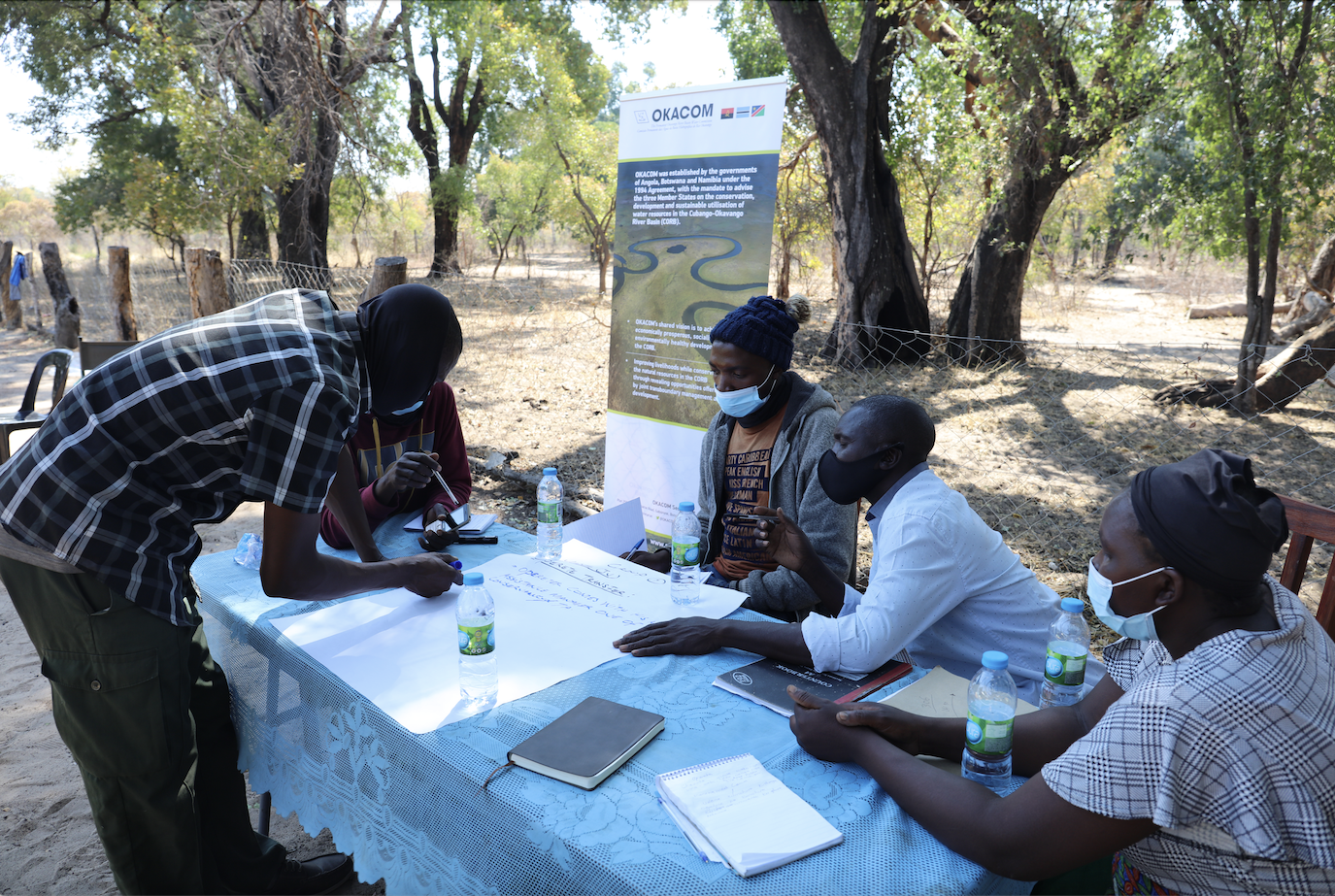
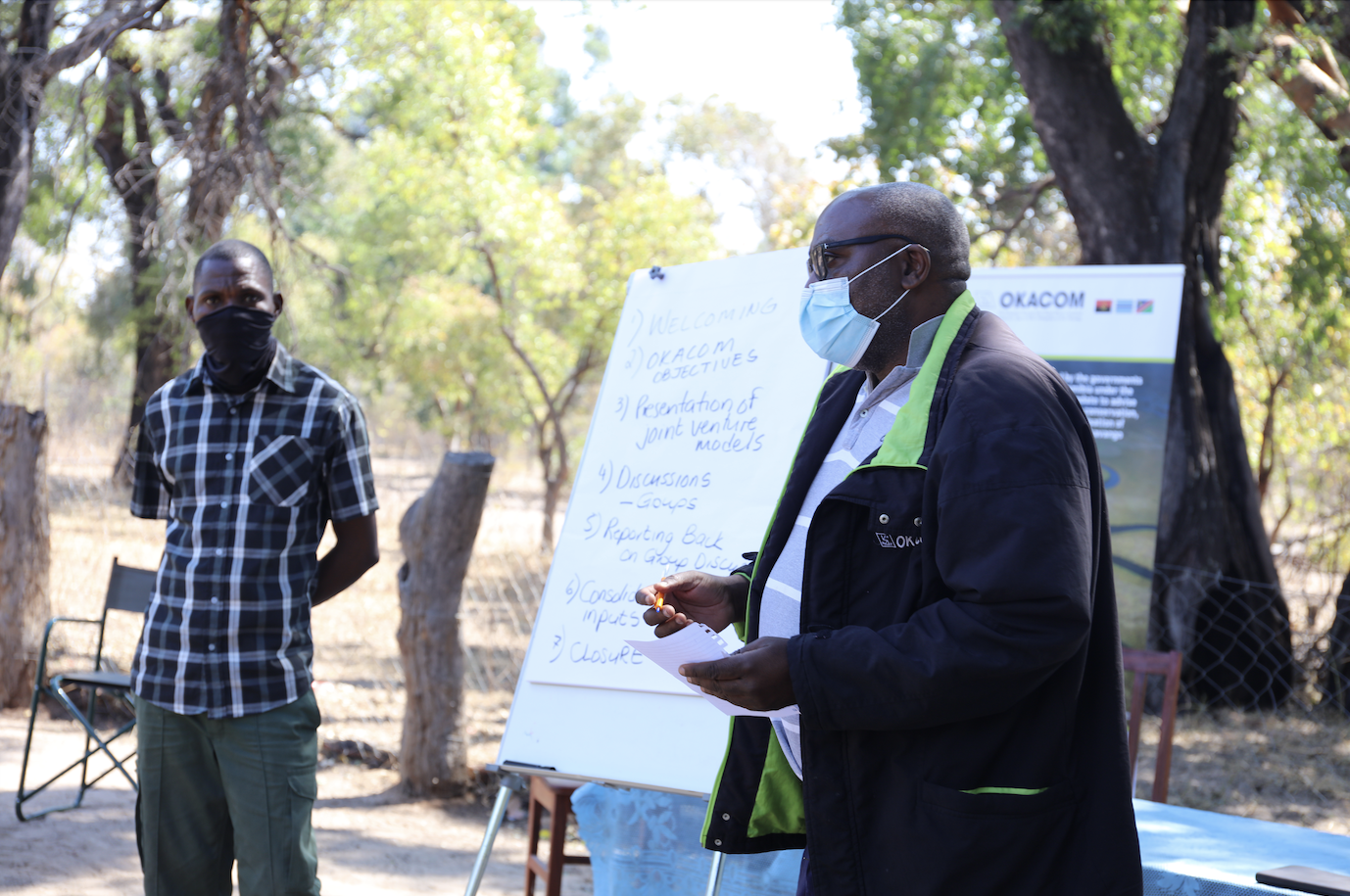
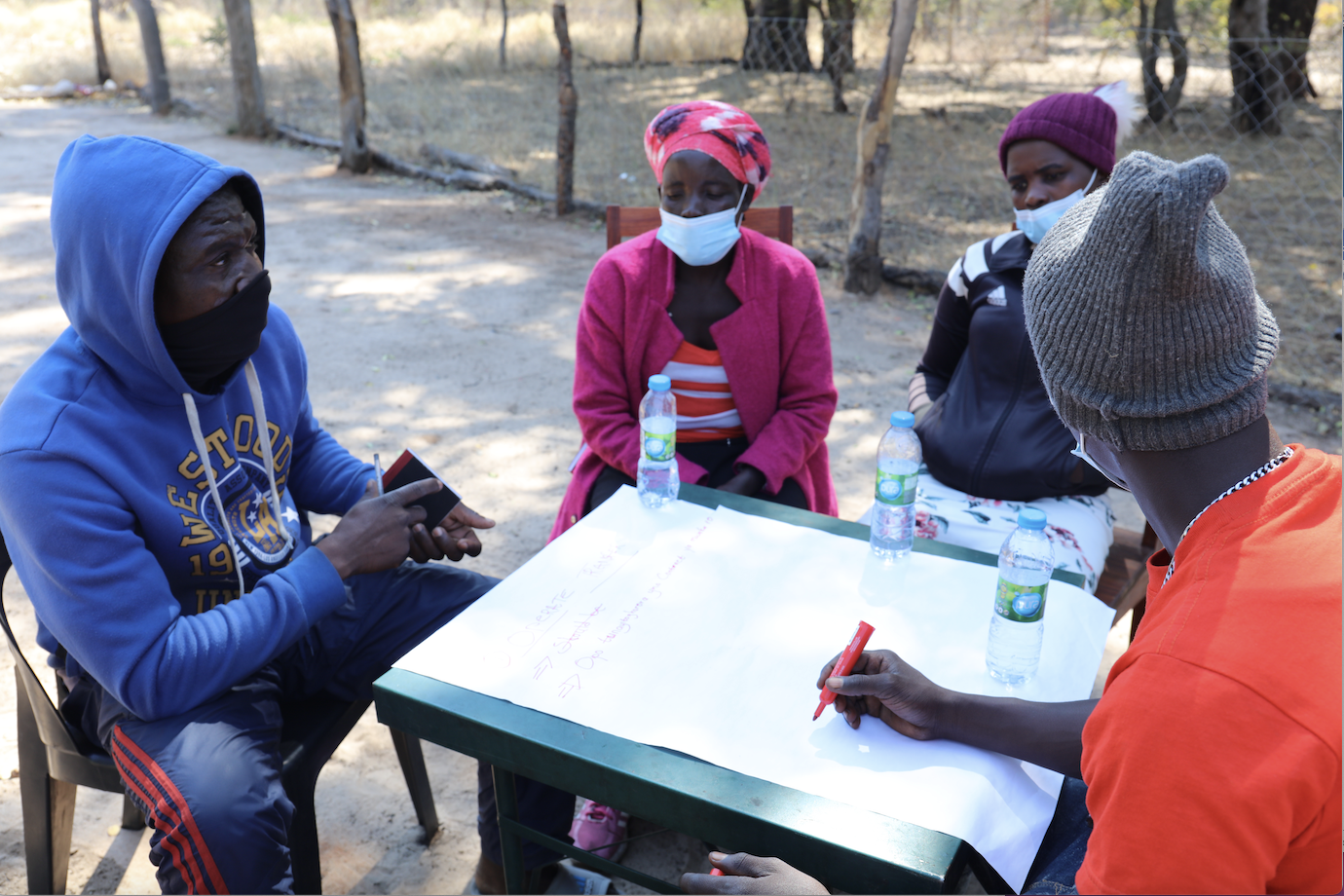
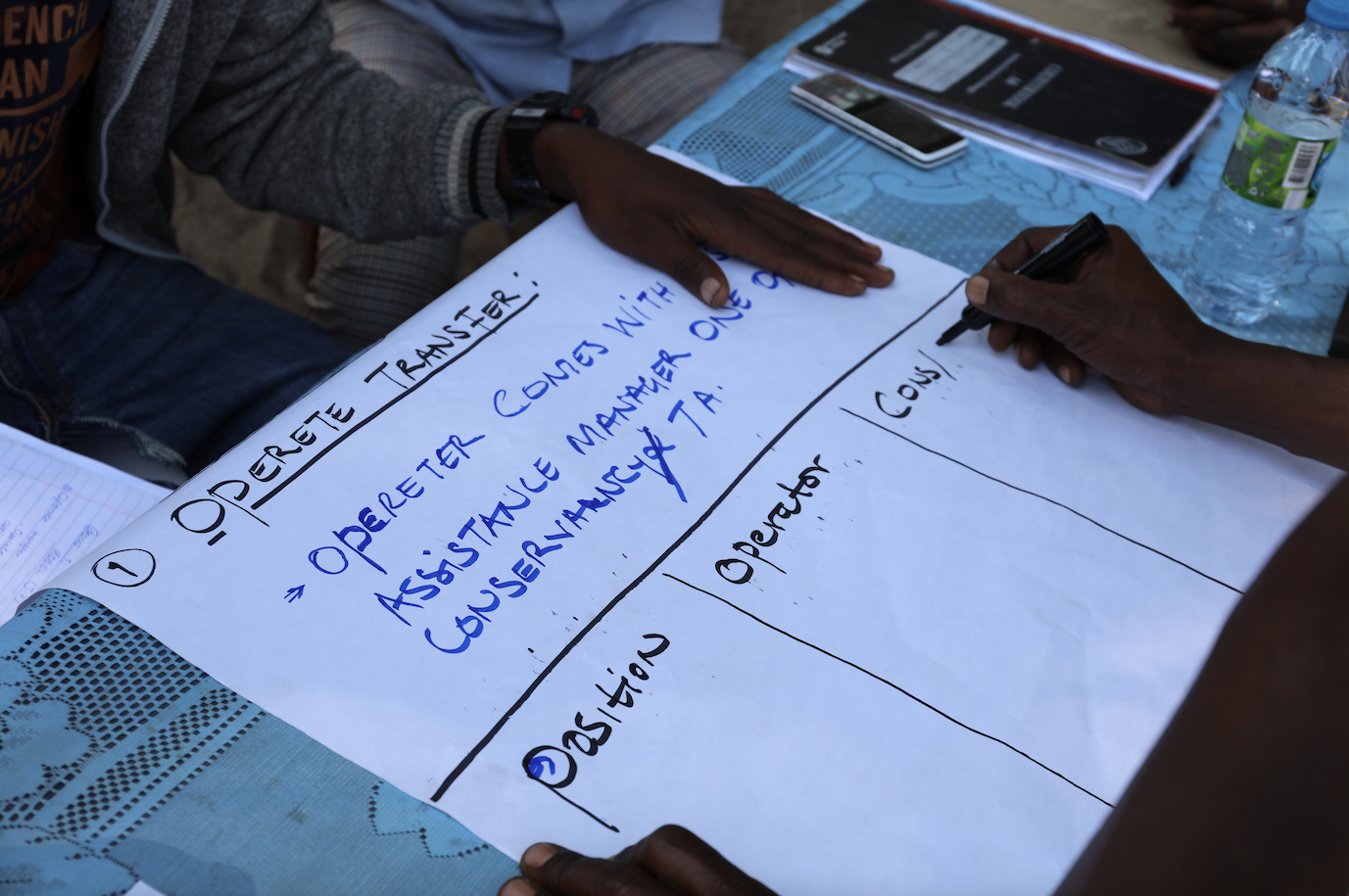
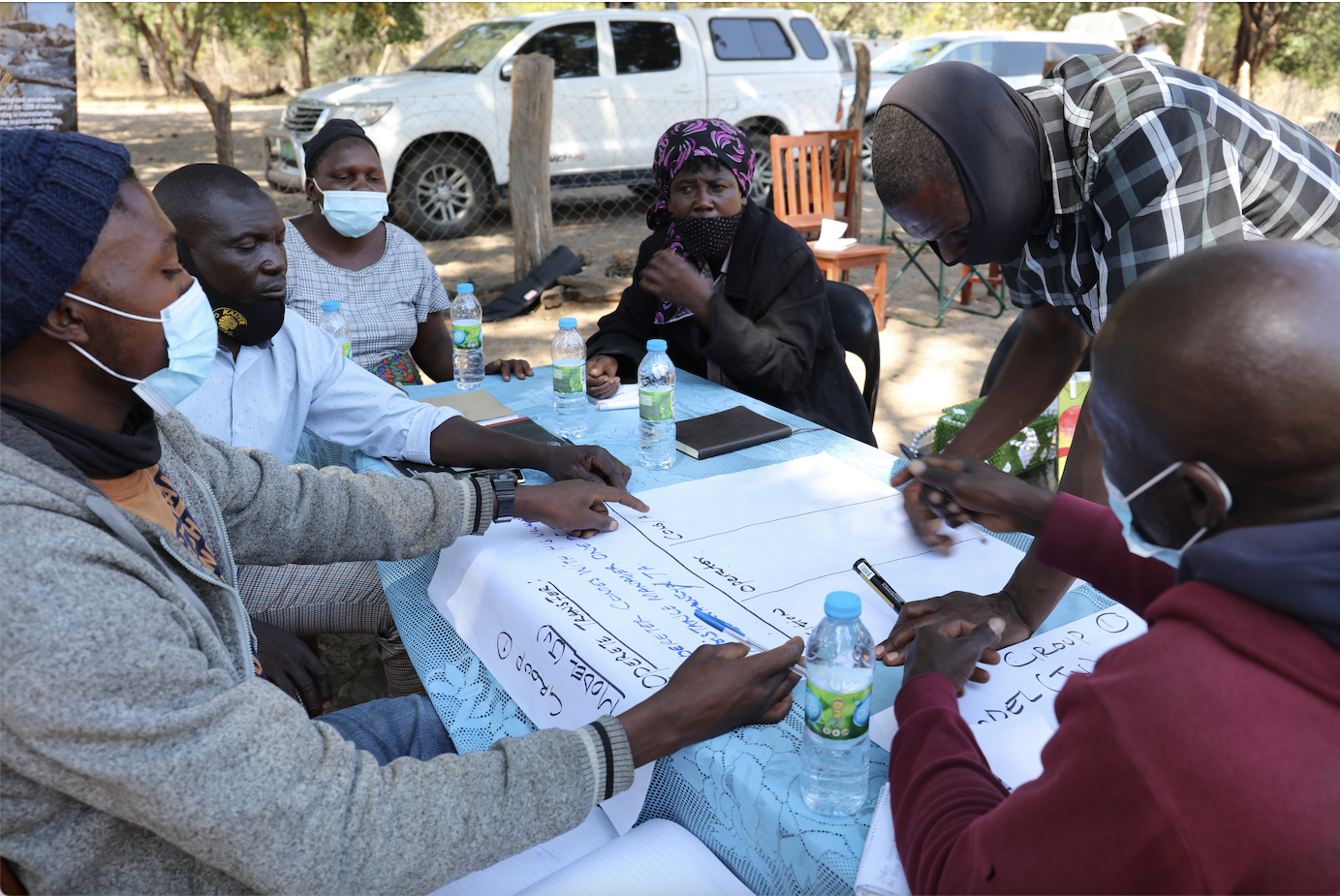
OKACOM, with technical support from the United Nations Development Programme and funding from the Global Environment Facility is implementing the Conservation Tourism through Strengthened Partnerships Demonstration Project in partnership with the Ministry of Environment, Forestry and Tourism of Naimibia (MEFT). In 2008, MEFT awarded the Sikerete tourism concession to the Gciriku community, comprising of Muduva Nyangana Conservancy, George Mukoya Conservancy and Gciriku Traditional Authority. The Sikerete tourism concession is located inside the Khaudum National Park, which is in the Kavango East region of Namibia. The concession offers an opportunity to demonstrate a model that strengthens conservation and socio-economic development objectives through a partnership approach which involves national park, conservancies, communities and the private sector. Through this project, OKACOM is supporting the George Mukoya and Muduva Nyanagana conservancies with the construction of accommodation facilities for the Sikerete tented campsite. Due to limited capacity for the concessionaires to operate a tourism facility, OKACOM is supporting MEFT to facilitate the concessionaires to establish agreements with a private Joint Management Partner to jointly operate Sikerete Tourism Concession. The long-term goal is to demonstrate how local communities can be capacitated to actively participate in tourism development ifor socio-economic development and upliftment of communities in this part of the Basin. Currently these conservancies main source of income is the seasonal trophy hunting game and indigenous natural products harvesting including thatching grass and Devil’s Claw. Trophy hunting is operated through a joint quota allocated by MEFT and income is distributed among registered conservancy members through a benefit distribution plan.
With the construction of the camp being at an advanced stage, MEFT recently organised the first consultative engagements with the Sikerete Concessionaires on Joint Management Partnerships with a view to accord communities an opportunity to gain a better understanding of the concept of tourism joint ventures (JV). The consultations further deliberated on different JV models that the Concessionaires could select, and most importantly the opportunity to offer input in the model they prefer. Participants included conservancy management committees, conservancy managers and senior traditional authority representative. with the facilitation of staff from the Consession Unit of MEFT, the community was introduced to the concept of joint management partnerships, how each model operates, the advantages and disadvantages of each model. Participants were divided in groups to discuss their preferred model. This afforded them the opportunity to discuss and contextualise the information, record their inputs and gain a general consensus. Each group reported back on their views regarding the pros and cons of each of the JV models including a recommendation of their preferred model. The consultations ended with the community representatives acknowledging the importance of being fully aware of the various aspects of JV partnerships and with more insights on the modalities of engaging a partner.
"If we get the right operator, it will bring change and benefit the community greatly. This initiative will build capacity amongst community members, specifically the business enterprise side of things and with regards to sustainable management of the resources. Whatever they do must be a positive impact. Right now, we must work together with the Ministry and OKACOM to get a reputable company which can deliver, as we need continuity until we are able to run the establishment ourselves." said Susana Muranda, Senior Council and Headwoman of Rindjarara Village, Gcriku Traditional Authority. “The Operate and Transfer Model is good as the establishment will be operational while we are learning. If there is anything to be done on the infrastructure, such as renovations the operator can still be involved. The second option of mainatian operate and transfer holds too much risk for us as a community. We look forward on learning how to run a tourism facility, gain sound financial management skills as well as how to use resources sustainably, possibly how to invest funds to get bigger returns. We want cooperation between the two conservancies and the ministry. I thank OKACOM for making it possible that we have full explanation of these models.”
Read more of the fedback from participants on this poster
Thematic Areas & Activities
News
subscribe for news notification by email
Photo Credit: Kostatin Luchansky, National Geographic, Okavango Wilderness Project.
© [current-date:custom:Y] [site:name]

